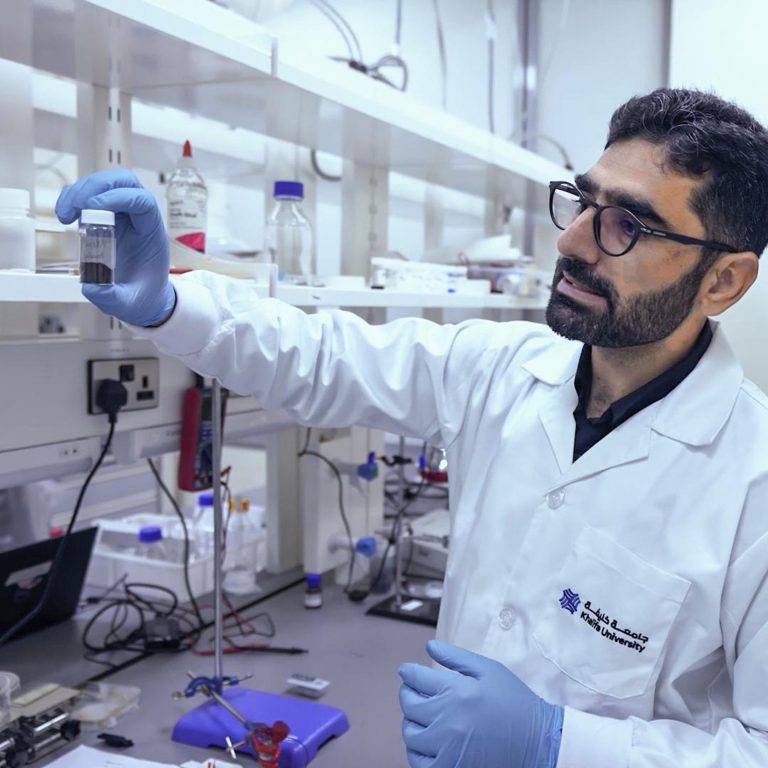Smart power for remote communities
An algorithm that optimizes the integration of renewables and diesel generators could help provide cleaner, more reliable power to rural communities.
In rural, remote communities, using reliable fridges, phone chargers, computers and lights can be life changing. These utilities open doors to education, healthcare and economic growth. Yet almost 770 million people across the world still live without a dependable energy supply. Many are not connected to a grid, instead relying on diesel generators to power local microgrids: an expensive, high-emissions system that needs to have fuel trucked in.
Renewable energy sources like solar and wind offer a cleaner alternative, but their intermittent nature means diesel generators are still needed as a backup.
To reduce the costs and emissions of these hybrid renewable-diesel microgrids, and improve their reliability, researchers at Khalifa University, and Saint Mary’s University in Halifax, Canada, have developed a computer model to optimize performance. “Remote communities in the UAE’s mountainous or desert regions, such as Hatta or Liwa, could particularly benefit from this approach,” says Ehab El-Saadany of KU’s Advanced Power and Energy Center, who led the study.
“The system factors in current weather conditions, generator efficiencies, and emission penalties to determine the lowest-cost, least-polluting energy mix at each hour of the day.”
Ehab El-Saadany
“With growing global urgency to integrate renewable energy sources, it is essential to develop an off-grid system that reduces both costs and emissions while maintaining energy reliability,” he says.
The model—called the Lévy Arithmetic Algorithm (LAA)—forecasts, hour by hour, how much energy a community will need as well as energy production from all available sources—solar, wind, and diesel.
“The system factors in current weather conditions, generator efficiencies, and emission penalties to determine the lowest-cost, least-polluting energy mix at each hour of the day,” says El-Saadany. “In tests, LAA outperformed other optimization algorithms in minimizing costs and emissions for hybrid microgrids.”
In simulations, LAA-controlled hybrid microgrids gave a 5% cost savings per day and a lower overall carbon output when compared with a hybrid microgrid controlled using other optimization algorithms and a diesel-only system.
Future LAA systems will be improved by adding battery storage, load shifting and electric vehicle integration.
“For now, this work primarily benefits energy planners, rural electrification agencies, and microgrid developers, but in future we hope that millions of people will benefit from a more secure power supply,” says El-Saadany. “Plans are underway to test this system in pilot microgrids in the Middle East and North Africa.”
Reference
Barua, S., Merabet, A., Al-Durra, A., El-Fouly, T. & El-Sadaany, E.F. Lévy arithmetic optimization for energy management of solar wind microgrid with multiple diesel generators for off-grid communities. Applied Energy 371: 123736 (2024) | Article




